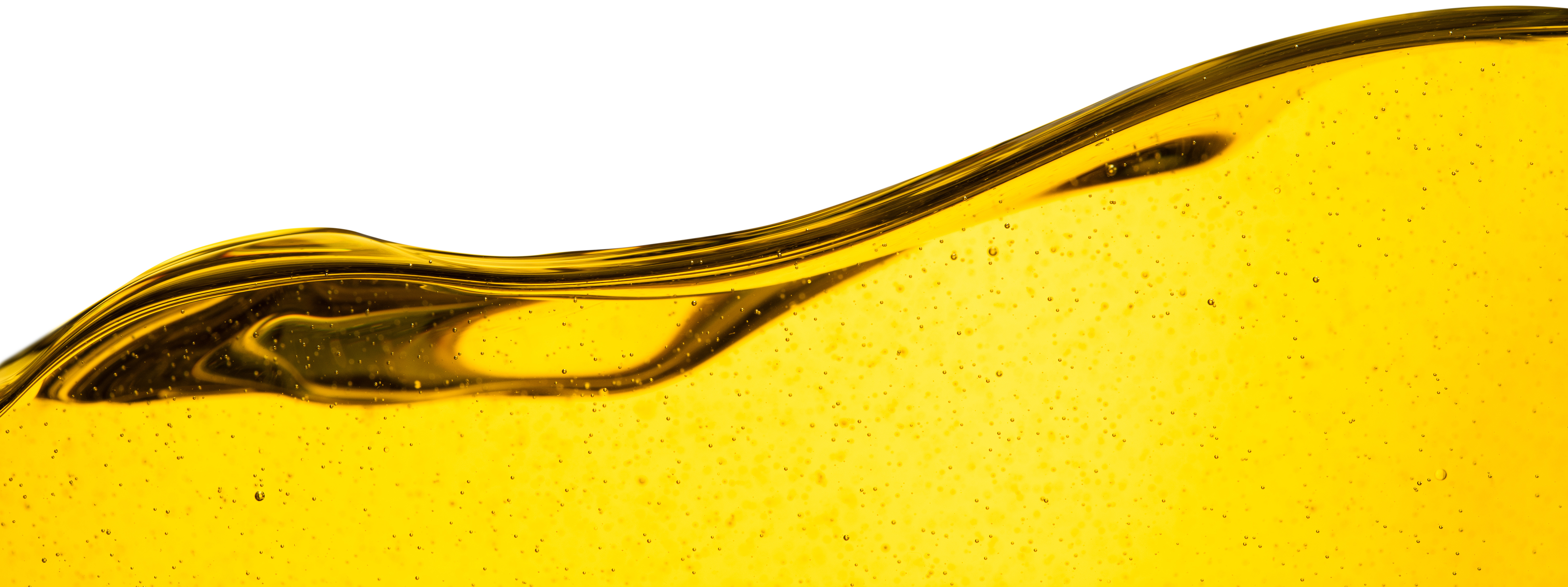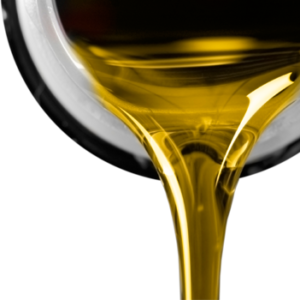
What are Lubricants?
A lubricant is a substance applied between surfaces in motion to reduce friction.
Lubricants are a part of your daily life whether you realize it or not. For your car to function, for products to be delivered to shelves and for crops to be harvested lubricants are a necessity. Almost all mechanical equipment requires lubricants to keep moving parts moving and to reduce the amount of downtime or maintenance. Lubricants have been instrumental in the development of almost every product, ranging from tires to toothbrushes. Their fundamental importance in the manufacturing process is widespread across a variety of industries. Even the power you use to light and heat your home would be unavailable without the gear oils used to lubricate power plants and generators.

The range of lubricants is diverse, some examples include: motor oil, gear oil, transmission fluid, metalworking fluids, greases and food grade lubricants. Lubricants come in both liquid and solid states. Some properties that are specific to lubricants are viscosity, film strength, load capacity and oxidation resistance.
Viscosity is the lubricant’s resistance to flow. A higher viscosity, or thicker lubricant, is necessary in heavy load or slow speed applications to ensure the lubricant stays in place, while in light load or high speed applications a lower viscosity, thinner lubricant, is essential to form and maintain a sufficient film.
Viscosity Index (VI) is a measure of a fluid’s change in viscosity relative to temperature change. It is mostly used to characterize the viscosity-temperature behavior of lubricating oils. A low VI being representative of an oil that thins down rapidly when heated, and high VI being representative of an oil that thins less rapidly.
Film Strength measures the capacity of the lubricating film created to separate two parts that may be in contact. The thickness and stability of this film is determined by the lubricants viscosity, load capacity, operating speed, or temperature of the application.
Load Carrying Capacity is a lubricant’s ability to withstand all of the force generated in an given application. Using the correct lubricant for an application will form a durable film that withstands all of the forces generated during operation.
Oxidation Resistance is a lubricant’s ability to resist the formation of sludge, varnish or acids when in high temperature conditions or exposed to air. Choosing a lubricant with the correct oxidation resistance will extend the performance and lubrication period of the equipment.
Operating Conditions will change dependent on application and industry. The lubricants effectiveness is often determined largely by the operating conditions and environment. Any extreme conditions will warrant a lubricant that can withstand the high temperature, pressure or corrosiveness of that environment.
Understanding the importance of lubricants and their impact on the efficiency and longevity of mechanical systems will pay dividends in discussions with customers.

